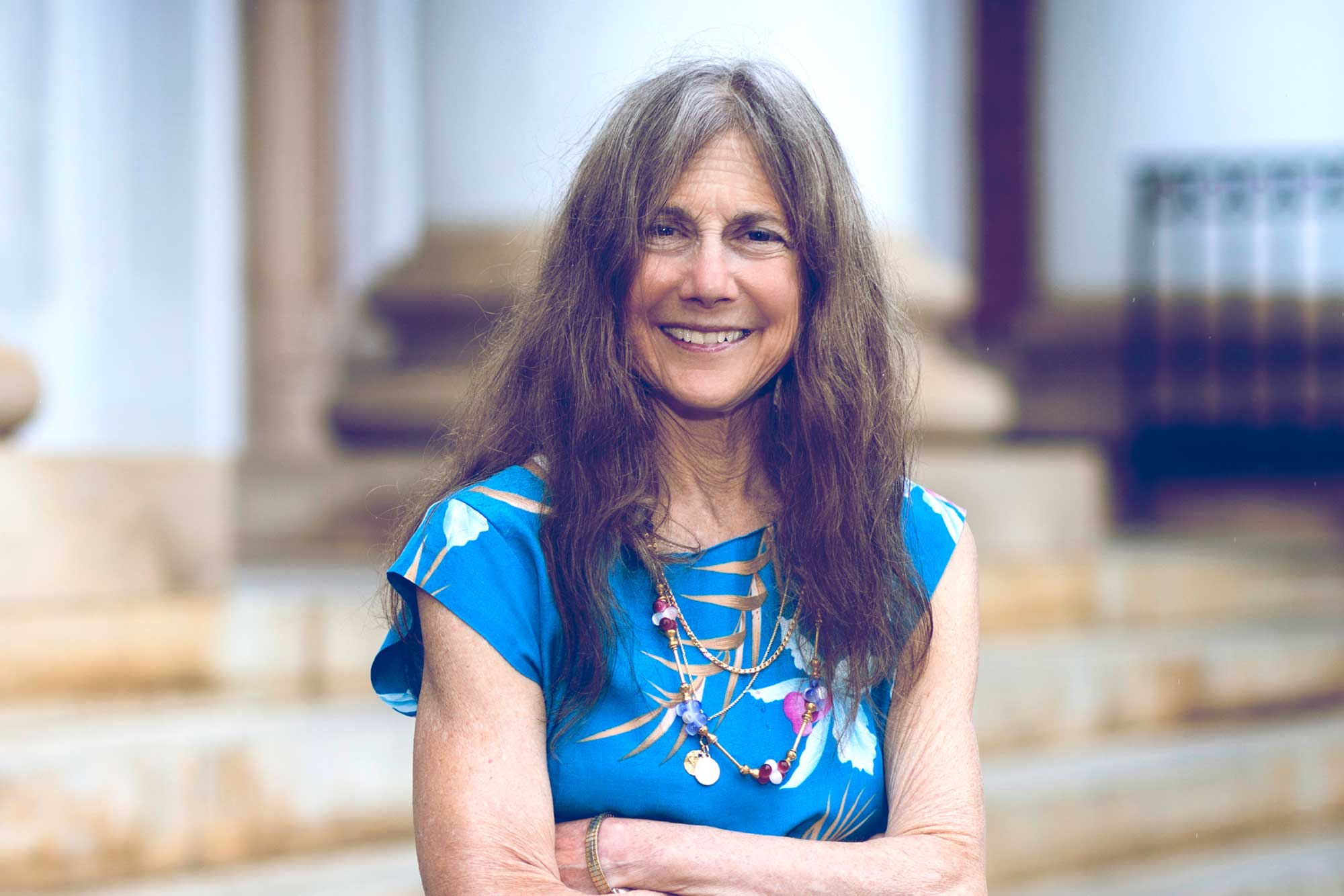Tens of thousands of people make eyewitness identifications in criminal cases each year, often resulting – when combined with other incriminating evidence – in convictions of offenders. But sometimes those eyewitnesses, even with their best efforts and intentions, may identify in a lineup or photo selection someone who did not commit the crime.
According to the Innocence Project, an organization that seeks to exonerate wrongly convicted people and prevent injustice, eyewitness misidentification plays a role in more than 70 percent of convictions overturned through DNA testing.
Research shows that many factors affect how well people remember faces, places and events. Factors include lighting (such as whether a crime occurred in the bright light of day or in a dimly-lit room), conditions of duress (such as whether or not a weapon was involved), emotions and biases. What is perceived with the senses is stored in memory, which evolves over time, while an array of other memories and ideas and experiences merge with what is remembered and how it’s recalled.

To gain a better understanding of the factors that affect eyewitness identification and how to improve eyewitness identification procedures, three University of Virginia researchers, along with a colleague at the University of Utah, have won a nearly $1.4 million grant from the Laura and John Arnold Foundation.
“We are taking an interdisciplinary approach, using new methods of research synthesis to make sense of the many studies previously done on eyewitness memory, and combining them with psychology, to better understand factors that affect memory, with statistical analysis methods, and the law,” said the study’s principal investigator, Karen Kafadar, Commonwealth Professor of Statistics and the chair of her department.
She is working with UVA law professor Brandon Garrett, UVA psychology professor Chad Dodson, and Joanne Yaffe, a Utah social work professor. Each has looked at these issues in their own research, within their disciplines, and are now merging this expertise on the big-picture issue of improving eyewitness testimony.
The research is stimulated by the issues raised in a National Research Council report, “Identifying the Culprit: Assessing Eyewitness Identification,” which pointed to the many problems with eyewitness identification and procedures. Kafadar believed that assembling a team of highly knowledgeable researchers could lead to guidelines for addressing many of the issues raised in the report.
“Because memories can be unreliable, and law enforcement procedures for conducting eyewitness identification are not standardized, we need to find solid, multidisciplinary, research-based ways to reduce the risk and instances of misidentification,” she said. “Current science offers few practicable solutions for how to improve the accuracy. With our approach, we hope to make recommendations for police departments, attorneys and judges that will improve that accuracy for the good of society and the criminal justice system.”
Kafadar and her colleagues will consult with law enforcement professionals, judges, lawyers, policymakers and field experts during their study as they develop practical recommendations for improving eyewitness identification procedures, to include lineup practices, jury instructions and the use of both expert and eyewitness testimony in courtrooms.
The study will take about three years to complete, resulting in journal publications and a report to be published by the Laura and John Arnold Foundation.
Media Contact
Article Information
January 27, 2017
/content/eyes-sometimes-lie-study-focus-perils-eyewitness-identification

